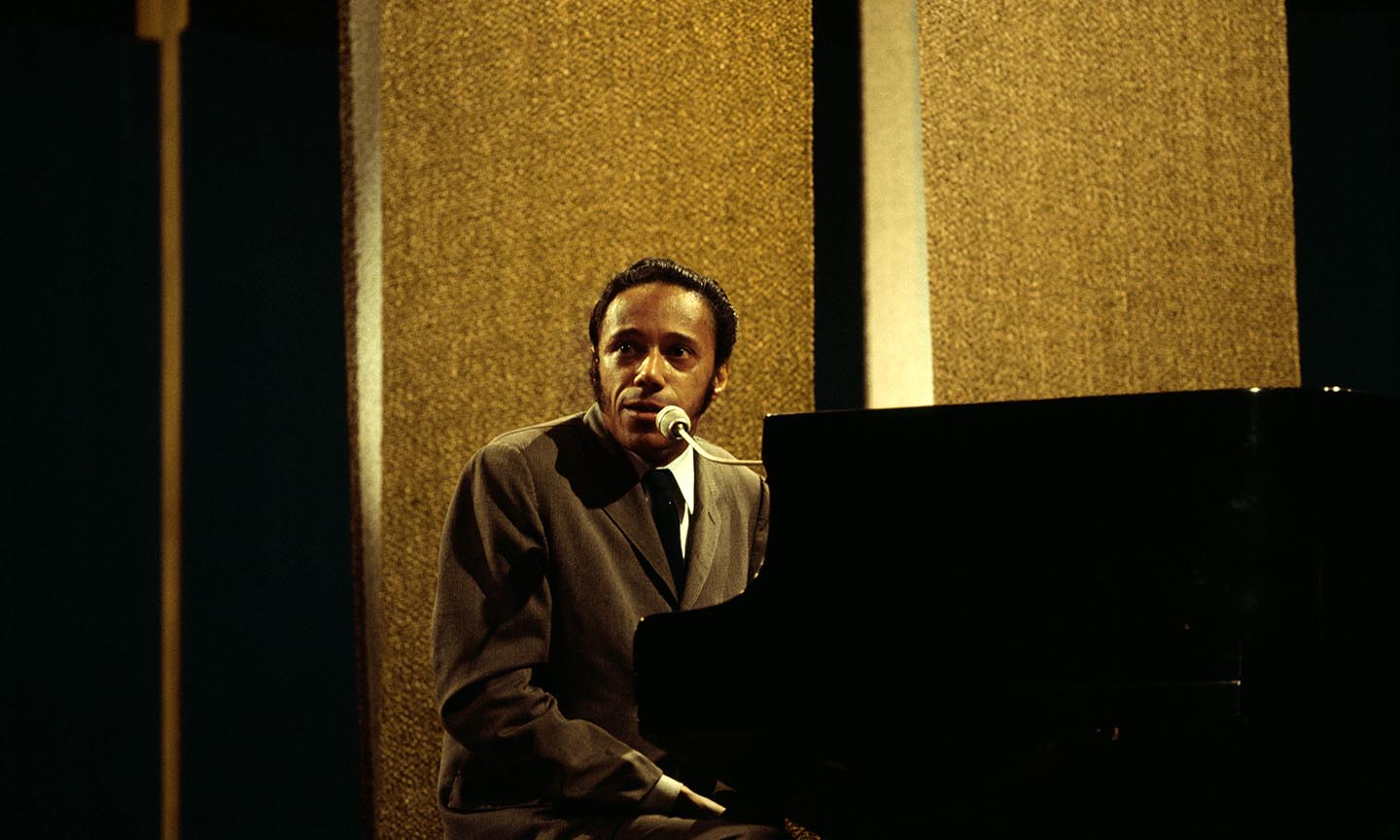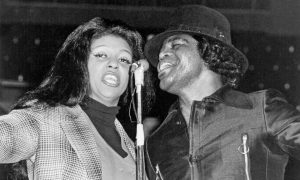Born on September 2, 1928, Horace Silver is one of jazz’s most significant pianists and composers.
As co-founder of The Jazz Messengers, Horace Silver was a key architect of the popular bebop offshoot known as hard bop, which absorbed elements from blues and gospel music, and evolved in the early 50s to quickly become the dominant currency in modern jazz. A dexterous pianist renowned for his distinctive percussive style, Silver also distinguished himself as a composer, which resulted in several of his songs – among them “Song For My Father,” “Nica’s Dream,” “Doodlin’,” and “Peace” – being adopted by the jazz community as standards. In addition to this, Silver had a profound influence on the way jazz was arranged, and his pioneering use of a two-horn frontline (saxophone and trumpet) in a quintet setting became the norm in the 50s and 60s.
Originally from Norwalk, Connecticut, Horace Ward Martin Tavares Silver was born on September 2, 1928, into a family with Cape Verdean ancestry on his father’s side. He was drawn to music at an early age (his father was an amateur folk musician who played by ear) and started playing the piano when he was ten, initially in a boogie-woogie style. But it was when he first heard jazz – in particular Jimmie Lunceford’s orchestra – at the age of 11 that he first felt truly passionate about music.
Young Horace’s interest in jazz, and in particular the big band sound, prompted him to start playing the tenor saxophone. Influenced by the smooth phrasing of noted horn man Lester Young, a teenaged Silver played in the brass section of his high-school orchestra. Outside of school, his versatility meant that he was in demand as a young musician, either playing piano or sax – or both – in a variety of local combos, though eventually he relinquished the saxophone to focus exclusively on the piano.
I had plenty of material. I was always recording
When he was 18, Silver got a job playing piano in Hartford, Connecticut, at a nightclub, and it was there, in 1950, that he and his band were recruited by saxophone star Stan Getz, with whom the young pianist made his recording debut later that same year. With his reputation burgeoning, the in-demand Silver was summoned to his first Blue Note Records session in 1952, backing saxophonist Lou Donaldson.
After a second Blue Note studio date with Donaldson later that year, a third was arranged by the label’s boss, producer Alfred Lion, but the saxophonist was unavailable; instead, Silver was asked if he could step in and make a recording with a trio under his own name. “Naturally, I accepted,” wrote Silver in his 2007 autobiography, Let’s Get To The Nitty Gritty. “Luckily, I had plenty of material. I was always composing. I had three days to pick the material I wanted to record, get in the woodshed, and practice.” What resulted was the 10” Blue Note LP, New Faces New Sounds (Introducing The Horace Silver Trio), an eight-track album featuring rising drummer Art Blakey and which announced Silver as an exciting new pianist and composer (he wrote six of the eight tunes on offer). It would mark the start of a fertile 28-year relationship between Silver and Blue Note Records.
Though Silver didn’t record another LP under his own name until 1954, he wasn’t idle. The pianist appeared as a sideman on recordings by Coleman Hawkins, Al Cohn, Art Farmer, and Miles Davis (he played on the trumpeter’s classic Walkin’ LP). More significantly, he appeared on the seminal hard bop manifesto A Night In Birdland, recorded in 1954 by the Art Blakey Quintet, which Blue Note intended as a showcase for trumpet sensation Clifford Brown.
Jazz messenger
For his next Blue Note offering, Silver expanded his group from a trio to a quintet, adding two horn players (Kenny Dorham and Hank Mobley) to augment the rhythm section of bassist Doug Watkins and drummer Art Blakey. It was a move that would establish a template for hard bop groups. Blue Note recorded two sessions with the same line-up and released them as two separate 10” LPs attributed to the Horace Silver Quintet, in 1954 and ’55, respectively, but, a year later, combined both for a 12” album titled Horace Silver And The Jazz Messengers. The Messengers became the apostles for spreading the hard bop gospel but, after 18 months together, Silver quit, leaving its stewardship to Blakey, under whom the outfit would become a jazz institution dubbed The Hard Bop Academy.
As the 50s moved towards the 60s, Silver continued to blossom as a recording artist and composer. By then, his quintet had evolved into its classic line-up – with trumpeter Blue Mitchell and saxophonist Junior Cook on board – and made a slew of classic albums together, including Finger Poppin’, Blowin’ The Blues Away and, in the 60s, The Tokyo Blues.
The new decade gave birth to arguably Silver’s most popular album, 1964’s Song For My Father, which spawned the classic title song and saw the pianist move into more overtly gospel-influenced soul-jazz territory. As the 60s became the 70s, Silver continued to record regularly, though the decline in jazz’s popularity, at the expense of rock and pop, prompted him to experiment by adding vocals and electric piano, while also exploring spiritual concerns via concept albums.
Hardbop grandpop
In 1980, after 28 albums for the company, Horace Silver left Blue Note and then recorded five LPs for his own Silveto label between 1981 and 1988. The 90s witnessed a short stint at CBS, followed by a switch to Impulse! in 1996, which resulted in The Hardbop Grandpop, unanimously hailed as Silver’s best work for decades. Two years later, Silver, then 70, released what was to be his final studio album, Jazz Has A Sense Of Humor, on Verve. Comprised of all-original material, it revealed that, creatively, he was far from a spent force, capping what had been a remarkable career.
Horace Silver, who had been suffering from Alzheimer’s disease since 2007, died on June 14, 2014, at the age of 85. He left behind an enormous legacy of historically important recordings, as well as memorable compositions that continue to be played by contemporary musicians. Though his own style bore the indelible mark of bebop pioneer Bud Powell, Silver was, nevertheless, a highly original and deeply influential pianist whose trademark was infectious melodic motifs flecked with humor and funkified grooves that brimmed with an energetic joie de vivre.
He was, above all else, an intrepid pioneer. The repercussions from his musical innovations can still be felt in jazz today.
Listen to the best of Horace Silver on Apple Music and Spotify.




